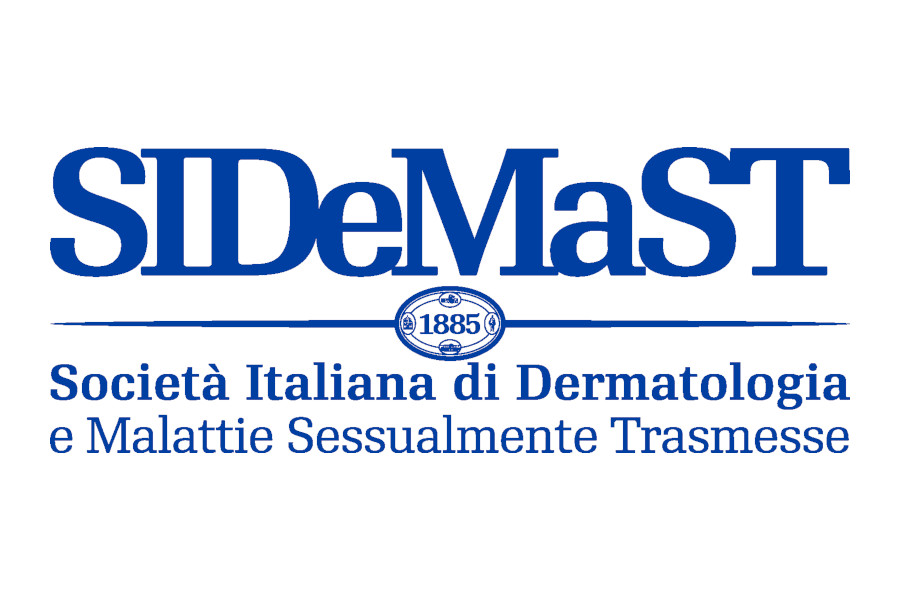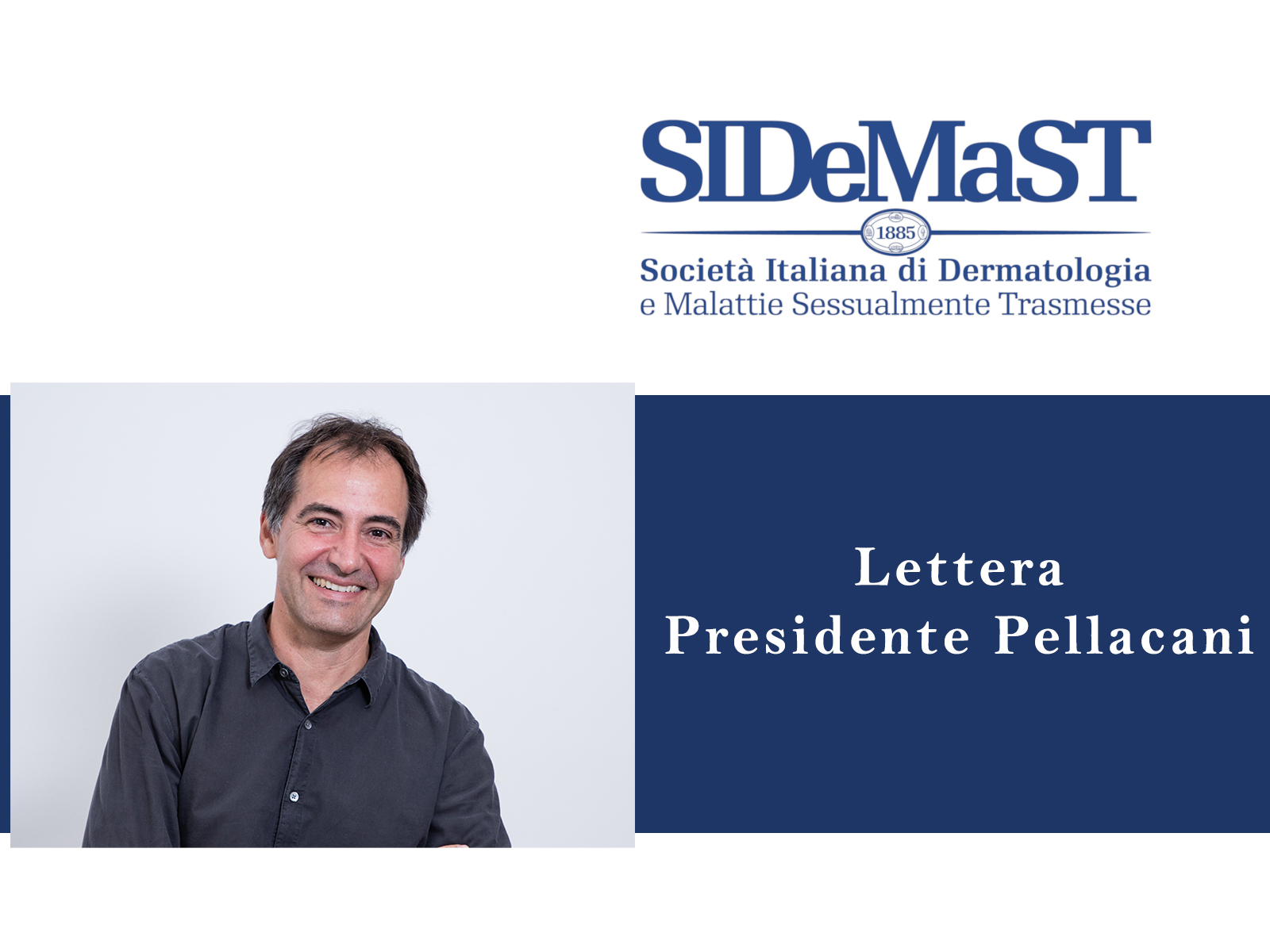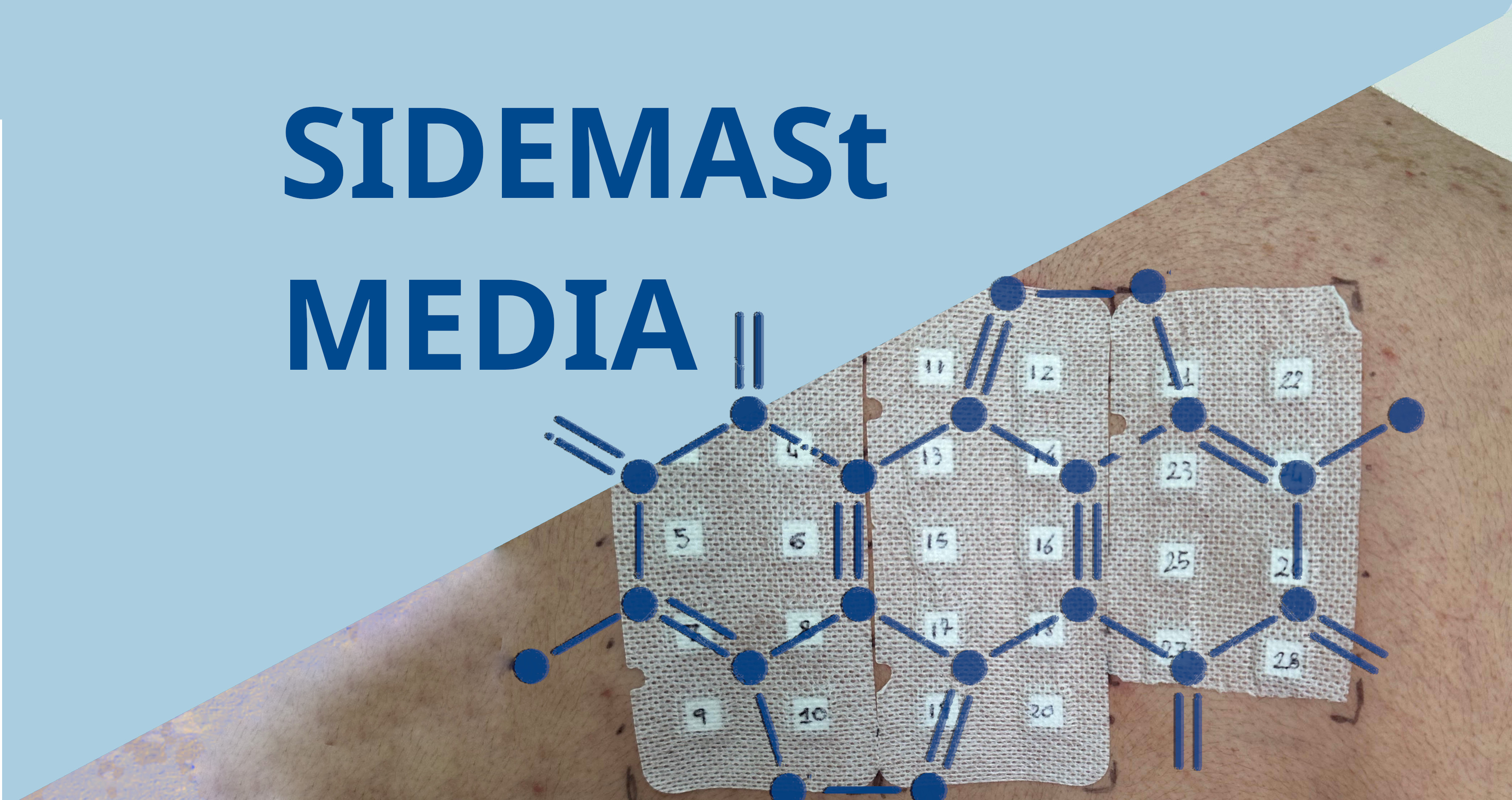A high-dose treatment of sodium nitrite, 6%, with citric acid, 9%, creams applied twice daily was more effective than placebo for treating anogenital warts, according to a study published online by JAMA Dermatology.
The warts are caused by infection with human papillomavirus (HPV) types 6 and 11 in more than 90% of cases. Topical therapies and surgical removal of the warts are associated with local adverse reactions that include itching, burning, pain and erosions. Recurrence with existing therapies is about 30%.
Anthony D. Ormerod, MD, University of Aberdeen, Aberdeen, Scotland, and colleagues looked at the efficacy of a topical application of nitric oxide delivered using acidified nitrite in a clinical trial conducted in European genitourinary medicine clinics.
The 4-arm trial included 299 individuals from 40 centres who were assigned to either placebo or 3 acidified nitrite intervention arms which ranged in dose. The doses were: sodium nitrite, 3%, with citric acid, 4.5%, applied twice daily (low-dose group); sodium nitrite, 6%, with citric acid, 9%, applied once daily at night with placebo in the morning (middle-dose group); and sodium nitrite, 6%, with citric acid, 9%, applied twice daily (high-dose group).
The sodium nitrite cream was applied first and then the citric acid because citric acid reacts with nitrite to form the active molecule when mixed (NO, nitric oxide). Participants in the placebo arm applied placebo creams twice daily.
Complete clinical clearance at 12 weeks was found in 10 of the 74 (14%) patients on placebo; in 11 of the 72 (15%) patients in the low-dose group; in 17 of the 74 (23%) patients in the middle-dose group; and in 22 of the 70 (31%) patients in the high-dose group.
The authors noted a dose-related increase in itching, pain, oedema, and staining of the anogenital skin that was associated with active treatment.
"Sodium nitrite, 6%, with citric acid, 9%, twice daily is more effective than placebo in the treatment of anogenital warts," the authors wrote. "Treatment in the present study was associated with local irritant adverse effects. Lower doses were not more efficacious than placebo. For the sensitive anogenital application site, this dose probably represents the optimal one for further evaluation."








